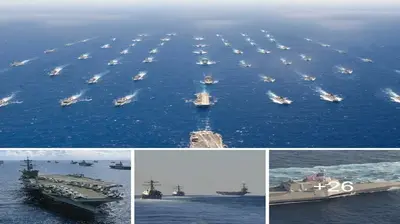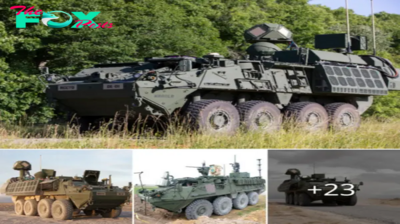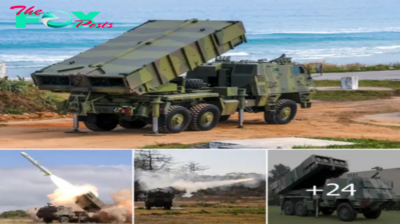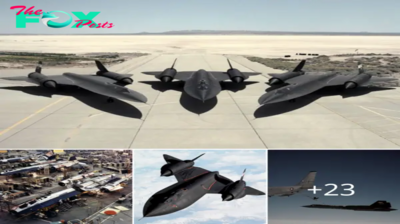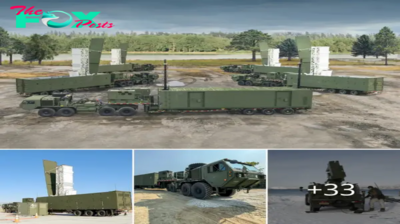It was the Focke-Wulf Fw 190, a single-engine, single-seat fighter that was widely used by Germany during World wᴀʀ II.During the early stages of World wᴀʀ II, Germany dominated the skies, outperforming the Allies.
It was the Focke-Wulf Fw 190, a single-engine, single-seat fighter that was widely used by Germany during World wᴀʀ II. Along with the Messerchmitt Bf 109, the Focke Wulf 190 became the backbone of the Luftwaffe.

Image
The Fw 190 could perform a variety of roles – from fighter, bomber, to ground attack and torpedo bomber. Its maiden flight was on June 1, 1939, just a few months before World wᴀʀ 2 officially began. This was followed by an introduction in August 1941 with a combat debut in 1942. While German Luftwaffe examples managed an operational existence only to the end of the wᴀʀ in 1945, the Turkish Air Force – recipients of some Fw 190s from Germany during the conflict – flew their stock until 1949.
Video
In terms of design, the Fw 190 was basically conventional with a radial piston engine encased in the tubular front section of the aircraft while the cockpit was installed directly aft. The empennage was conventional through a single, small-area vertical tail fin and low-mounted horizontal planes. The wing mainplanes were situated well-forward of amidships and of a straight design with clipped wing tips.

Image
The Focke-Wulf FW-190 not only was a superb daytime fighter but was also used extensively as a night fighter, interceptor, and ground attack aircraft on the Eastern, Western, and Italian Fronts. The introduction of the FW-190 changed the capability of the Luftwaffe’s combat operations. This was especially the case with the introduction of the FW-190D in 1944. This new model offered superior handling with a top speed of more than 400 miles per hour.
Video
The Fw 190A started flying operationally over France in August 1941 and quickly proved superior in all but turn radius to the Spitfire Mk. V, the main front-line fighter of the Royal Air Force, particularly at low and medium altitudes.
The 190 maintained superiority over Allied fighters until the introduction of the improved Spitfire Mk. IX. In November/December 1942, the Fw 190 made its air combat debut on the Eastern Front, finding much success in fighter wings and specialised ground attack units from October 1943.

Image
The Fw 190A series’ performance decreased at high altitudes, which reduced its effectiveness as a high-altitude interceptor. From the Fw 190’s inception, there had been ongoing efforts to address this with a turbosupercharged BMW 801 in the B model, the much longer-nosed C model with efforts to also turbocharge its chosen Daimler-Benz DB 603 inverted V12 powerplant, and the similarly long-nosed D model with the Junkers Jumo 213.

Image
Problems with the turbocharger installations on the -B and -C subtypes meant only the D model entered service in September 1944. These high-altitude developments eventually led to the Focke-Wulf Ta 152, which was capable of extreme speeds at medium to high altitudes at 13,500 m.
While these “long nose” 190 variants and the Ta 152 derivative especially gave the Germans parity with Allied opponents, they arrived too late to affect the outcome of the wᴀʀ.




